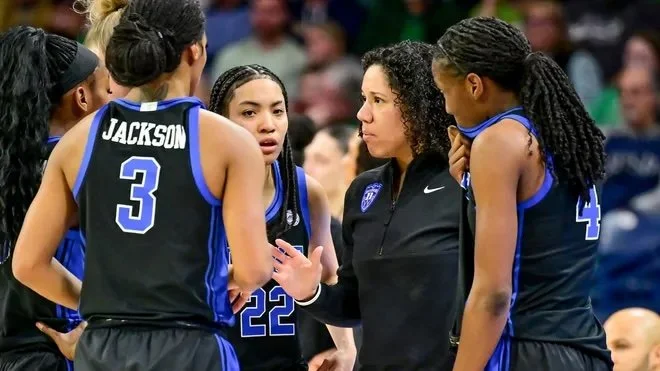Early. Loud. Continuous.
Communicating effectively is deceptively hard.
Think about it. Most of us struggle to communicate perfectly with our significant others—even after years together. If we can’t nail it at home, with people we know intimately, what hope do we have in a workplace filled with competing priorities, shifting dynamics, and far less emotional investment?
The truth is, good communication doesn’t happen by accident.
It takes intention. Structure. Practice.
When executing strategies, communication isn’t a “nice to have.” It’s the difference between success and chaos—or worse, apathy. Yet, in my experience, too many leaders treat communication as an afterthought, assuming a single email, presentation, or town hall will do the job.
A Eureka Moment
Championship teams communicate with intention. I was lucky to hear Kara Lawson, WNBA champion and Duke Women’s Basketball coach, speak a few years ago at a Nike leadership meeting.
She shared a mantra she drills into her players: Early. Loud. Continuous.
It stuck with me because it’s simple—but transformational.
In basketball:
Early communication means calling out plays before they unfold, giving teammates time to react.
Loud communication ensures the message cuts through the roar of the arena.
Continuous communication keeps everyone aligned, repeating key calls even as the game’s chaos unfolds.
The parallels to business are striking.
In both basketball and business, effective communication is the difference between alignment and confusion, between executing a strategy and watching it unravel.
Kara’s approach is just as relevant in the workplace:
Early communication lays the groundwork. It’s about sharing the “why” behind the strategy, equipping leaders to spread the message, and creating clarity before action begins.
Loud communication ensures the message is heard above the noise—endless emails, competing priorities, daily distractions. Loud doesn’t mean shouting. It means being clear, concise, and memorable, delivered in the right forums.
Continuous communication keeps the team aligned over time. Repeating and adapting your message helps maintain focus, much like players reinforcing defensive calls throughout the game.
We need our messages to inspire action, align teams, and adapt as conditions evolve.
Early. Loud. Continuous.
It’s not just great advice for basketball. It’s a winning strategy for business, too.
———
This post is an excerpt from my upcoming book, a practical handbook for executing strategy from an operator’s point of view. Drawing on decades of real-world experience, it’s designed to help leaders turn strategy into action through clear, actionable steps. Stay tuned for more insights and updates as we get closer to launch!

